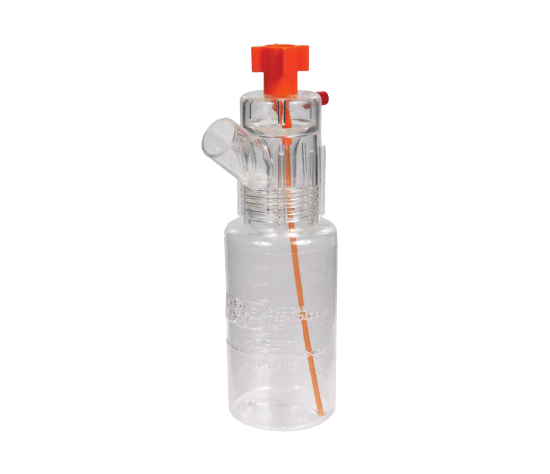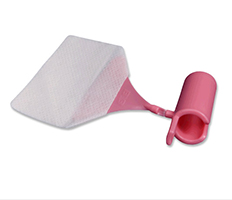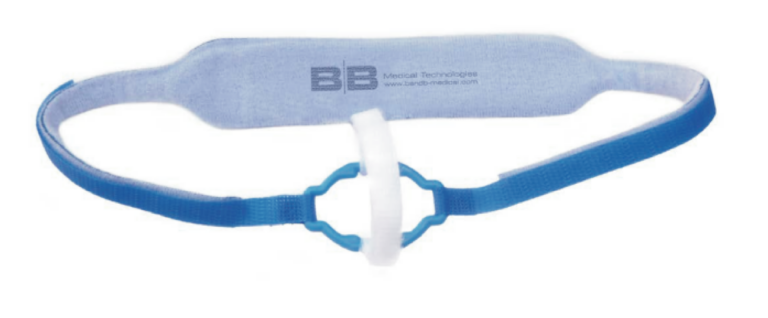Nebulizer tech has come a long way, but better doesn’t always mean newer. As patient needs evolve and care moves outside the hospital, one question keeps surfacing: When do Aerosol Nebulizers actually perform better than traditional ones, and why does it matter?
At B&B Medical Technologies, we evaluate medical devices based on their performance in real-world care settings, where time is critical, resources are limited, and patient delays can have serious consequences. Whether in home care, emergency transport, or bedside treatment, the nuances between different systems go beyond just specifications; they directly impact patient outcomes. This guide delves into how aerosol and traditional nebulizers address these essential demands in practical situations.
Comparing Aerosol and Traditional Nebulizers for Better Respiratory Care
Choosing the right nebulizer can significantly impact the quality of care a patient receives. It’s not merely about the mist produced; it’s also about particle size, delivery method, and how well the device aligns with the patient’s needs. In this section, we will explore the functional design differences that influence efficiency, comfort, and clinical effectiveness.
What Is an Aerosol Nebulizer?
Aerosol Nebulizers are devices that convert liquid medication into a fine mist (aerosol) that can be inhaled directly into the lungs. This mist allows targeted delivery to the respiratory tract, often with fewer side effects and improved drug absorption.
While all nebulizers technically produce aerosolized mist, the term Aerosol Nebulizer generally refers to more advanced systems designed for tighter control. These units are built to deliver medication with high accuracy, offering optimized droplet size, regulated flow rates, and compatibility with newer, often more delicate, drug formulations. That level of control directly improves deposition in the lungs, patient comfort, and therapeutic consistency in both acute and chronic care.
Common aerosol devices include:
● Mesh nebulizers with vibrating membranes
● Ultrasonic nebulizers with high-frequency vibrations
● Continuous-flow jet aerosol systems with tighter particle control
What Is a Traditional Nebulizer?
Traditional nebulizers, often jet or compressor-based, utilize pressurized air to create a mist of medication. These devices are typically bulkier, noisier, and produce a wider range of particle sizes, which can affect the deposition of medication in the airways.
Because they operate on continuous flow, traditional nebulizers often release medication even during patient exhalation, leading to higher drug waste and inconsistent lung deposition. In fast-paced or high-volume settings, that trade-off may be acceptable, but for long-term homecare or sensitive dosing, precision becomes harder to control.
While traditional nebulizers remain widely used, especially in hospital and homecare settings, they often:
● Take longer to deliver treatment (10–15 minutes)
● Produce less uniform particle sizes
● Waste more medication due to continuous output
They’re valued for durability and cost-efficiency, but may fall short for patients needing tight control over dosing and delivery.
Key Differences: Aerosol vs. Traditional Nebulizers
Let’s compare the core factors side by side:
| Feature | Aerosol Nebulizers | Traditional Nebulizers |
| Particle size control | Highly precise (1–5 microns) | Variable |
| Treatment time | 5–7 minutes | 10–15 minutes |
| Noise level | Quiet | Loud |
| Portability | Compact, battery-powered | Bulky, plug-in required |
| Medication loss | Minimal (on-demand delivery) | Higher due to continuous output |
| Cost | Higher upfront | Lower initial cost |
When to Use an Aerosol Nebulizer
Aerosol Nebulizers are ideal for situations where precision and patient comfort matter most:
● Pediatric or elderly patients with low tolerance for long treatments
● Conditions requiring deep lung penetration (e.g., asthma, COPD)
● Patients using medications sensitive to heat or pressure
● Homecare setups where size and noise are concerns
At B&B Medical Technologies, our aerosol-compatible devices are designed to deliver stable, repeatable therapy that improves adherence and minimizes waste.
When a Traditional Nebulizer Is Still a Good Fit
Traditional models still play a key role in care environments that demand simplicity, endurance, and predictable output. While they may not offer the fine-tuned particle control of more advanced devices, they remain effective in high-volume or acute care settings where speed, rugged design, and affordability outweigh the need for precision. Their straightforward operation also makes them a practical choice when staff training time or power access is limited.
● Acute care settings with continuous flow needs
● Environments where cost and durability are top priorities
● Situations with no access to batteries or mobile power
We continue to support both systems because not every setting requires high technology. Sometimes, reliability and simplicity are what truly matter.
Choosing What’s Right for Your Patient
The best nebulizer is not necessarily the most advanced model; rather, it is the one that aligns with the patient’s routine, diagnosis, and care setting. If factors such as timing, portability, and comfort are essential, Aerosol Nebulizers provide distinct advantages. However, if durability and affordability are more important, traditional models still perform effectively.
B&B Medical Technologies supports both options with:
Efficient Cleaning and Maintenance
All our devices are engineered for quick disassembly, minimal parts, and easy sterilization—saving time while preventing contamination.
Stable and Targeted Delivery
Our systems are built to deliver consistent particle size and output across each use, ensuring optimal medication deposition every time.
Smart Add-Ons That Enhance Functionality
From precision-fit masks to tubing kits and power options, our accessories help you adapt to various clinical needs without switching devices.
Frequently Asked Questions
Are aerosol nebulizers better than traditional ones?
They offer better particle control, shorter treatment times, and lower noise, but may not be necessary for every patient or care environment.
Do aerosol nebulizers work with all medications?
Most do, but certain formulations may require specific device types. Always check compatibility with your provider or pharmacist.
Is an aerosol nebulizer worth the higher cost?
For patients who use nebulizers frequently, the improved comfort and medication efficiency can justify the investment.
Can I use aerosol nebulizers for children?
Yes. In fact, their quiet operation and faster treatment times make them a preferred option for pediatric care.
Want to learn which system works best for your care setting?
Contact B&B Medical Technologies today to explore our full line of Aerosol Nebulizers and traditional solutions for every patient type.


